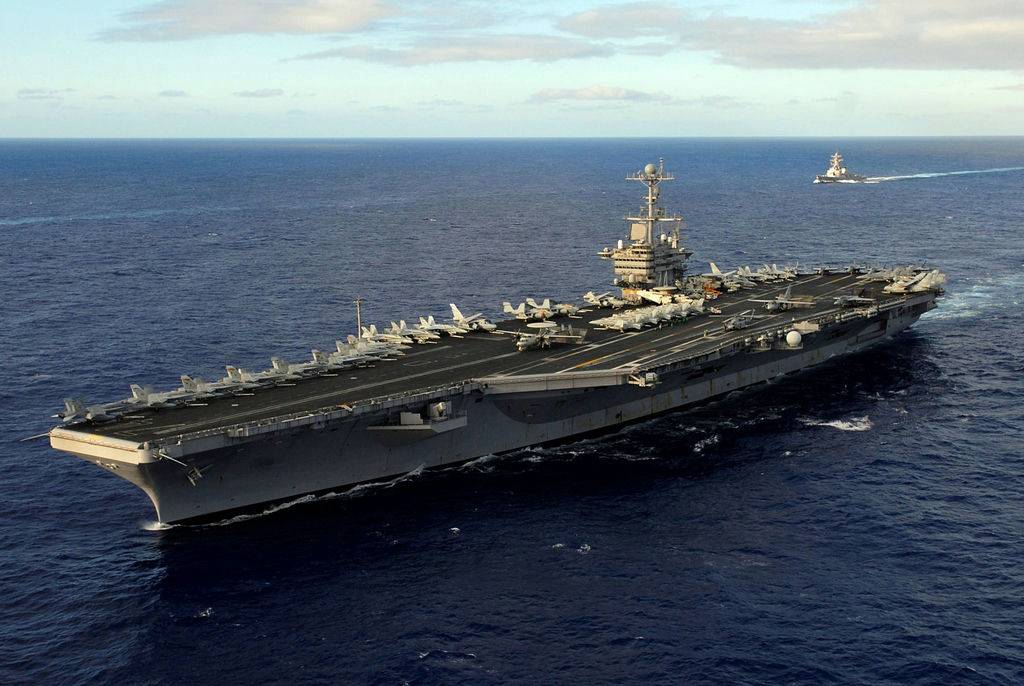Credit: 3dprintingindustry.com
U.S. sailors have used 3D printing to repair a rotary joint on the aircraft carrier, the USS John C. Stennis (CVN 74). The rotary joint lies within the commercial broadband system program (CBSP) on the aircraft, which is essential for internet connection.
“The rotary joint is like a fork on a BMX,” explained Lt. j.g. Tyler Grimm, the exterior communications maintenance division officer onboard the John C. Stennis.
“THE GYRO ALLOWS THE FORK TO SPIN 360 DEGREES WITHOUT GETTING THE BRAKE LINES TANGLED. THE ROTARY JOINT WORKS LIKE THAT. IT ENABLES THE TRANSMIT CABLES TO ROTATE WITHOUT GETTING TANGLED WHILE MAINTAINING AN ELECTRICAL CONNECTION TO THE REST OF THE SYSTEM.”

A 3D printed aircraft rotary blade
With a home port in Bremerton, Washington, the John C. Stennis Carrier is deployed to the U.S. 5th Fleet area of operations in support of naval operations to ensure maritime stability and security.
According to the Stennis engineers, when an uncommon part such as a rotary joint fails, it takes approximately four to eight weeks to be replaced sing traditional methods. Lt. Grimm added, “My initial thinking was to get a metal plate manufactured and bolt it into place.”
“We got together with repair division and Cmdr. Holland (Stennis’ chief engineer) [and] came up with a more sophisticated way using 3D printing to manufacture a solution.”
Grimm designed a replacement part which was used as the model for the manufactured piece. A team of ship engineers was able to build a temporary support system to allow the intended piece to rotate as needed.
“Using the understanding of how the additive manufacturing process works and how the component operated, we put together the support structure based on the design Lt. j.g. Grimm recommended,” said Cmdr. Holland.
The entire process took less than one day and acts as a temporary fix for the ship to stay online and complete its mission by maintaining communications that serve a plethora of programs.
The U.S. Navy integrates additive manufacturing
“Since its founding, our Navy has relied on the innovation of our sailors to fix our systems to keep them in the fight,” said Capt. Jason Bridges, OPNAV N415 Branch Head and Navy Lead for additive manufacturing.
“ADDITIVE MANUFACTURING ADDS A NEW, EXTREMELY CAPABLE TOOL THAT GIVES US THE ABILITY TO RETURN SYSTEMS TO OPERATIONS, EVEN IF ONLY TEMPORARILY. THIS EXAMPLE OF FIXING THE CBSP ANTENNA ABOARD STENNIS DEMONSTRATES THIS POTENTIAL OF ADDITIVE MANUFACTURING TO ENHANCE A SHIP’S COMBAT ENDURANCE, AN ABILITY THAT WILL RAPIDLY EXPAND AS THE NAVY FIELDS ADDITIVE MANUFACTURING CAPABILITY IN THE FLEET OVER THE NEXT COUPLE OF YEARS.”
Previously, the U.S. Navy’s Naval Sea Systems Command (NAVSEA) approved the first 3D printed part, a prototype drain strainer orifice (DSO) assembly, for shipboard installation, marking a significant advancement in the Navy’s ability to make parts on demand.
Furthermore, earlier this year, the U.S. Naval Air System Command (NAVAIR) is ramped up production of 3D printed parts and estimated the approval of 1,000 3D printed parts for use across its fleet before the end of 2018.


